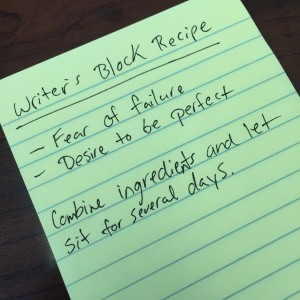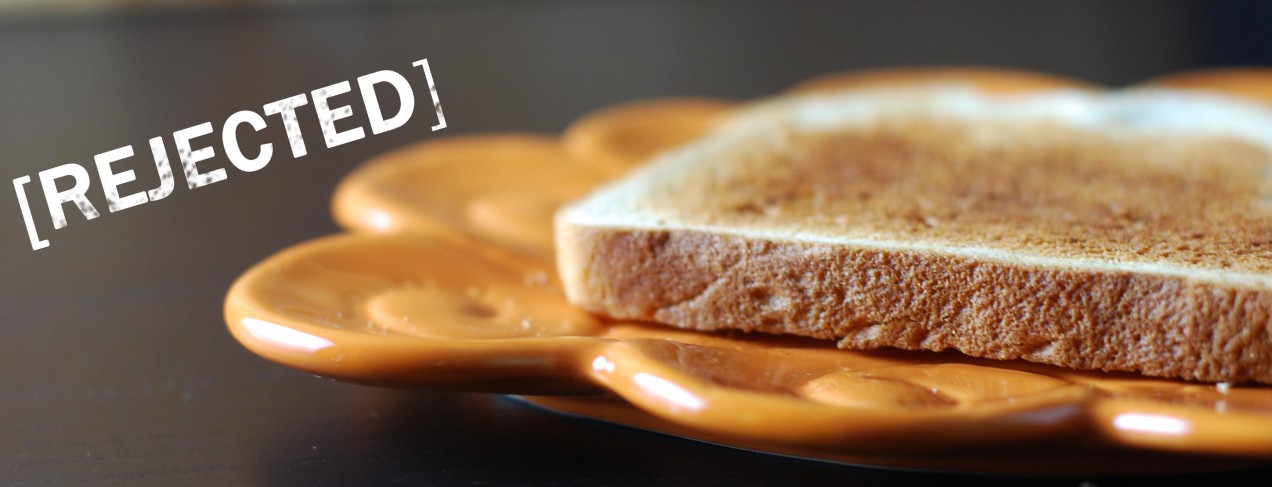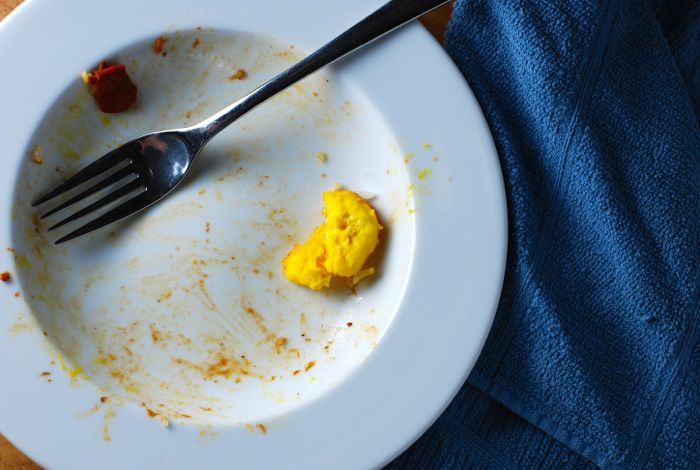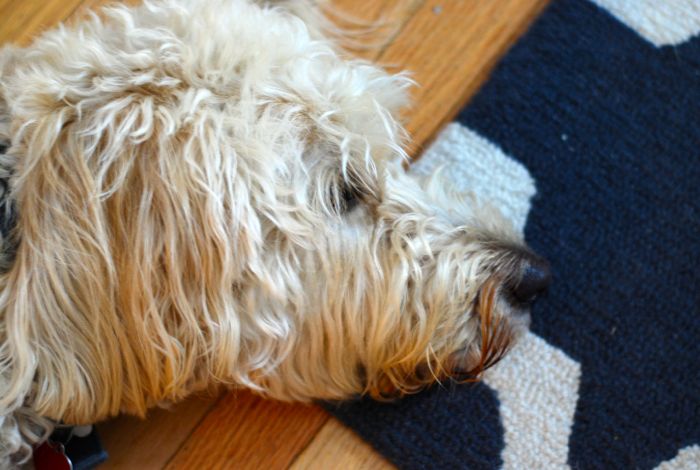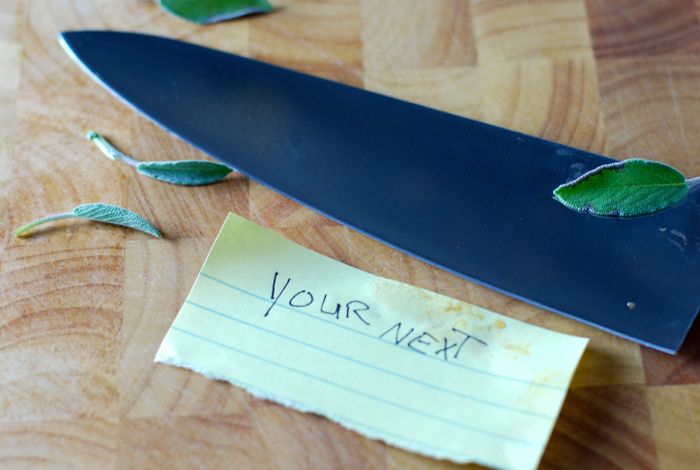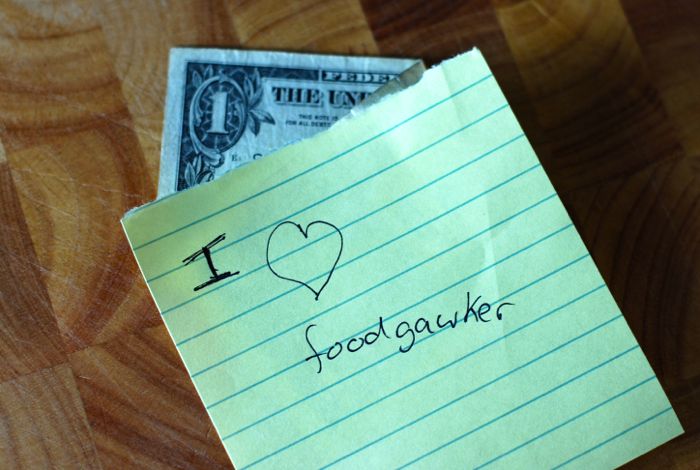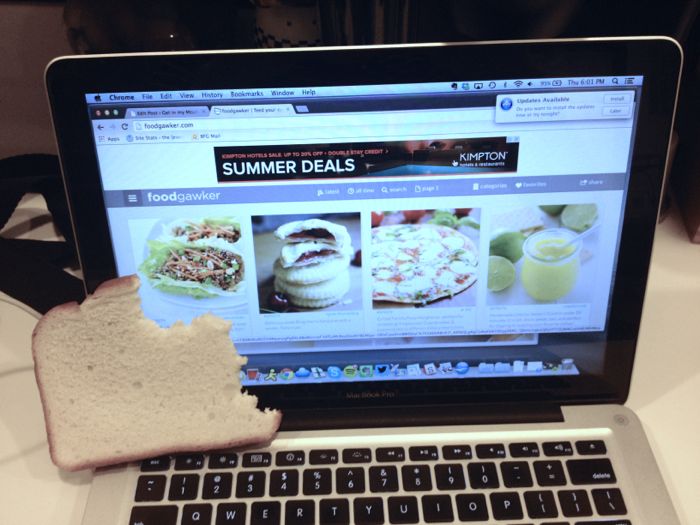I was a bit of a picky eater as a child. Vegetables had little place in my diet, experimenting with new foods was a rarity, and my parents’ conversion to a health food/vegan lifestyle (before vegans were cool) was a huge hit to my Slurpee and candy bar diet. I spent many meals complaining, rather than embracing what was on my plate and exploring potential new foods to eat that fit within the healthy/vegan box. I was just a stupid little boy who knew nothing about PieCake Theory.
Confused? Good.
My mom recently made a PieCake. Although it sounds like a mythical love child between the Greek Goddess Piesyith and God Cakeus, it’s really much less interesting. In fact, it’s exactly what its name implies, an entire pie baked inside of a cake. I was excited to try it, because it’s yet another hybrid food gimmick that had the potential for deliciousness.
My excitement quickly diminished, as I found myself eating around the cake simply to get to the pie. And because the cake was being a real pie-block, it upset me even more. I JUST WANTED THE PIE. (Sidebar: In case you’ve not picked up this from my numerous tweets, subtle references, and Instagram pictures, I love pie like no other food. And cake is… Cake is the food equivalent of shrugged shoulders.) Anyway, back to the PieCake.
It’s odd that a dessert could bring out so much vitriol and I wasn’t quite sure why. I love pie and I don’t hate cake, so shouldn’t the simple addition of Pie + Cake = PieCake result in the following relationship:
PieCake > Pie > Cake
My mouf would disagree.
As I thought about it more, I realized that when two food items are combined, the end result is only greater than the sum of its parts if the person eating enjoys each individual part equally. Instead of the food items cooperating and elevating each other, they balance each other out in terms of deliciousness. It’s a little more complicated than simple addition, rather it requires some seventh grade algebra to illustrate.
I could eat pie almost every day. Conservatively, let’s say that I could eat pie every day except on Tuesdays (I’d need a caloric break at least once a week). Assuming there are 52 Tuesdays per year, that means I’m eating pie on the other 313 days of the year (what a fantastic year that would be). So, my Desired Annual Consumption Value (DACV) would be 313 pies / 365 days or .86. Notice that this is essentially a percentage (which I’ll get to in a second) and the highest possible DACV is 1.00.
Cake, on the other hand, I could probably eat once every other week. (And I’m talking about really good flourless chocolate cake with berries and two pounds of fresh whipped cream. Not those vegetable shortening-soaked grocery store rectangles of gluten.) A cake every other week would mean that my DACV would be 26 cakes / 365 days or .07.
Clearly my desired annual consumption value for pie of .86 is MUCH higher than my desired annual consumption value for cake of .07. We could convert the values into percentages and essentially say that during 86% of all days each year, I want pie, while in just 7% of those same days I would enjoy a cake. (Notice that the two percentages do not add up to 100%, as they are independent values. Also notice how quickly you begin scrolling down for more pictures.)
Okay, now that we know my cake and pie DACV, how does that relate to the PieCake hybrid? Well, the pie is baked inside of the cake (rather than a cake baked inside of a pie, which would be a CakePie), so by default the dish is predominantly a cake. Based on eyeballing the PieCake, I’d say it’s about 60% cake 40% pie. Those of you who are astute might recommend I calculate this part based on the ingredient measurements or weights, but this isn’t Nikola Tesla‘s blog, so please adjust expectations accordingly.
If you’re still with me (as if you’re THAT busy at work), then to figure out my cumulative DACV for PieCake, we would have to multiply each DACV by its corresponding percentage and add those together:
.86 Pie DACV x 40% = .34
.07 Cake DACV x 60% = .04
.34 + .04 = .38 PieCake DACV
Thus, the PieCake DACV is .38, which falls between the pie DACV of .86 and the cake DACV of .07
OR
Pie > PieCake > Cake
So, assuming each individual component is not equally delicious, the PieCake Theory kind of makes sense and explains why I was dissappointed and was forced to search out only the pie. However, if you follow through on the math and assume that you love each individual component equally, the results would indicate that no hybrid foods could ever taste better (only equal to) their individual components.
But what about the CRONUT?
By my theory above, even if you loved doughnuts and croissants equally at the highest level possible, the best case scenario would always result in equality across all three foods:
Cronut = Donut = Croissant
But that’s simply false, because I would argue that based on taste, texture, and the glorious sounds of heaven that herald me when I bite into a cronut, that the actual relationship is:
Cronut > Donuts = Croissant
Now that makes no freaking sense at all (from a seventh grade algebra standpoint).
E X A C T L Y.
Eating is NOT a science. Cooking might be, baking definitely is, but eating and enjoying food cannot be predicted with numbers, calculations, and made-up theories from a nobody food blogger.
Just because I don’t like PieCake and I can sort of prove it with a faux-theory (based on my own flawed estimates), doesn’t meant that YOU won’t love it. And it doesn’t mean that I won’t eventually find a PieCake that I do enjoy. And that goes for all food.
So, PieCake Theory isn’t about calculations or even really pie and cake. It’s about the idea that you should give all food a try, regardless of past experiences or whether somebody else likes it or not.
And to my younger self, just because I tried a few vegan foods that I didn’t care for, I shouldn’t have assumed that I would hate them all. If I had based all vegan eating on my childhood experience with “wheat meat,” then I never would have opened up the possibility to enjoying an outstanding fried tofu dish at Maple Ave Restaurant (which will eventually be discussed in a later post).
And yes, it’s odd that a dessert filled with dairy and eggs could teach me something about vegan eating, but pies are powerful.
Cakes are okay, too.
PIECAKE RECIPE

Pardon the poorly-lit iPhone photo.
My mom used this recipe from the Home & Family television show, with some modifications. She used a cherry filling rather than blueberries and made a half-recipe (one layer). I recommend skipping the part with the cake.

